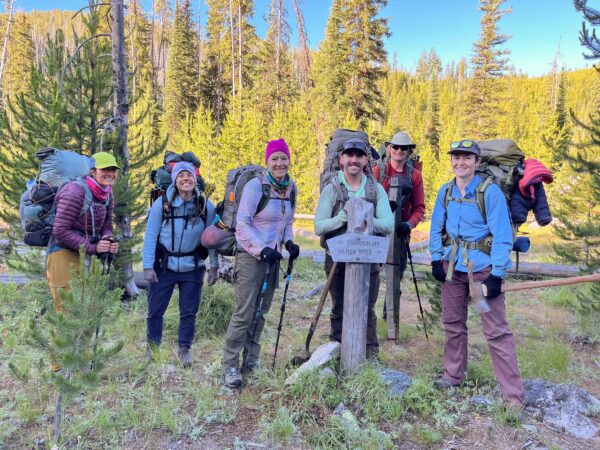
When we immerse ourselves in things, we often do so in anticipation of a significant end result. We hope for transformation. Immersive language study. Cold water immersion. Immersion therapy. You go into it one way – you come out of it changed.
Back in 2021, ITA dreamed up a new initiative. It was a dream born not only from our mandate to preserve and care-take, but also from our members’ passion and sense of adventure. What if we offered a unique, Wilderness immersion experience to volunteers looking for more than the standard, week-long project, and could make a real impact for Wilderness trails in dire condition after years of wildfire, big winters, and lack of maintenance? In 2023, the Wilderness Immersion project became a reality: two volunteer crew leaders and six volunteers headed to remote Chamberlain Basin in the Frank Church-River of No Return Wilderness for a three-week project working some of the most remote trails in Idaho.
We asked Pam Bond to reflect on her experience as a Crew Leader of the inaugural Wilderness Immersion Project.
________________
Why do you feel the wilderness immersion project is a necessary addition to ITA’s other projects? What does it offer that other projects can’t?
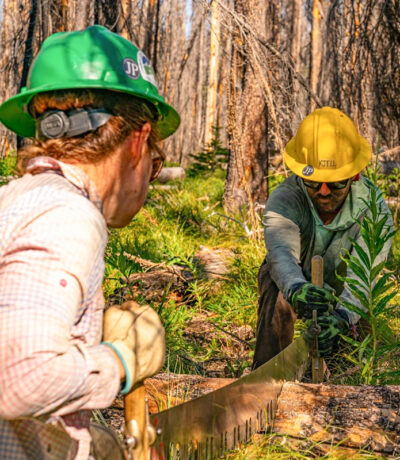 The Immersion Project is a really unique experience. There are not a lot of people who have been afforded the opportunity to spend three weeks in a wilderness setting, let alone work in it. The work enhances the experience. Yes, you may be able to enjoy the wilderness through just a backpacking trip, but working in the wilderness gives you a sense of ownership and pride. You are helping take care of that place. This is also an opportunity for volunteers to learn more about themselves, to disconnect from their very connected lives, and to form a special bond with others.
The Immersion Project is a really unique experience. There are not a lot of people who have been afforded the opportunity to spend three weeks in a wilderness setting, let alone work in it. The work enhances the experience. Yes, you may be able to enjoy the wilderness through just a backpacking trip, but working in the wilderness gives you a sense of ownership and pride. You are helping take care of that place. This is also an opportunity for volunteers to learn more about themselves, to disconnect from their very connected lives, and to form a special bond with others.
Immersion often brings significant challenges. How do you handle adversity, mental and physical exhaustion, in the middle of the largest contiguous wilderness in the lower 48?
Although all ITA projects have their own challenges, the Immersion Project definitely challenges you in many unique ways. First, you are essentially “stuck” with strangers for three weeks. After the excitement and newness of the initial immersion wears off, you have to figure out how to happily co-exist with each other, especially as the reality of the work sets in. Each day won’t always go according to plan, which can cause anxiety, but can also be an exercise in adaptation and resilience. Three weeks of trail work accomplishes a lot. All the hard work is worth the bugs, sweat, and semi-comfortable nights of sleep. I think everyone would agree that the rewards outweighed the costs.
Did you feel a sense of personal growth as well as physical accomplishment as a result of the Immersion Project?
I consider the Immersion project to be the best leadership growth opportunity I’ve ever had. As a co-leader, I had to deal with an injury, a wildfire, and shifting group dynamics. Luckily, I had an amazing group of volunteers who were great at communicating their feelings and needs. We worked as team to overcome challenges. We were working on trails that hadn’t been maintained in quite some time, and it showed. Most days we were only clearing about a half mile, because the trail was covered in downed trees. At the end of each day we were all hot, sweaty and tired, but it always lifted our spirits to sit down and calculate the final tally. Most days we were clearing hundreds of trees. By the end of the trip we had cleared about 2,500 trees. What an accomplishment!
Would you want to participate on another project like this and, if so, why?
Absolutely. I just loved it all. I love working hard, being steeped in the wilderness for weeks at a time, and watching others grow through this experience. I could have stayed out there for three months. Maybe someday, I will!
______________________
And it wasn’t just the people, like Pam and her team, who were changed by this project. The work had a significant impact on the landscape. Over three weeks, the crew cleared 18 miles of trail in the heart of “the Frank”. Thanks to their work, coupled with the accomplishments of a Payette National Forest trail crew and other like-minded organizations like the Selway-Bitterroot Frank Church Foundation, trails around Chamberlain Basin are now more accessible than they have been in years. As important were the bonds formed, the confidence and skills gained, and the landscape that became part of each person.
Our second Wilderness Immersion project is in the planning stages, and we hope this will become a permanent fixture of ITA’s trail season. Our mission is to keep Idaho’s hiking trails open for all, no matter how remote. A three-week project requires significant resources and planning. From food to supplies to gear – the implementation of this ambitious addition to our schedule can only be achieved through your vision and gener-osity. As we enter a new year, rich with the possibility of remote beauty and transformation, we ask for your support.
Our Annual Membership Drive is happening now, and we need your help to make Wilderness Immersion and our entire slate of trail projects a reality again in 2024. You can become a member for as little as $30 a year. Will you join us in preserving Wilderness trails for generations to come?

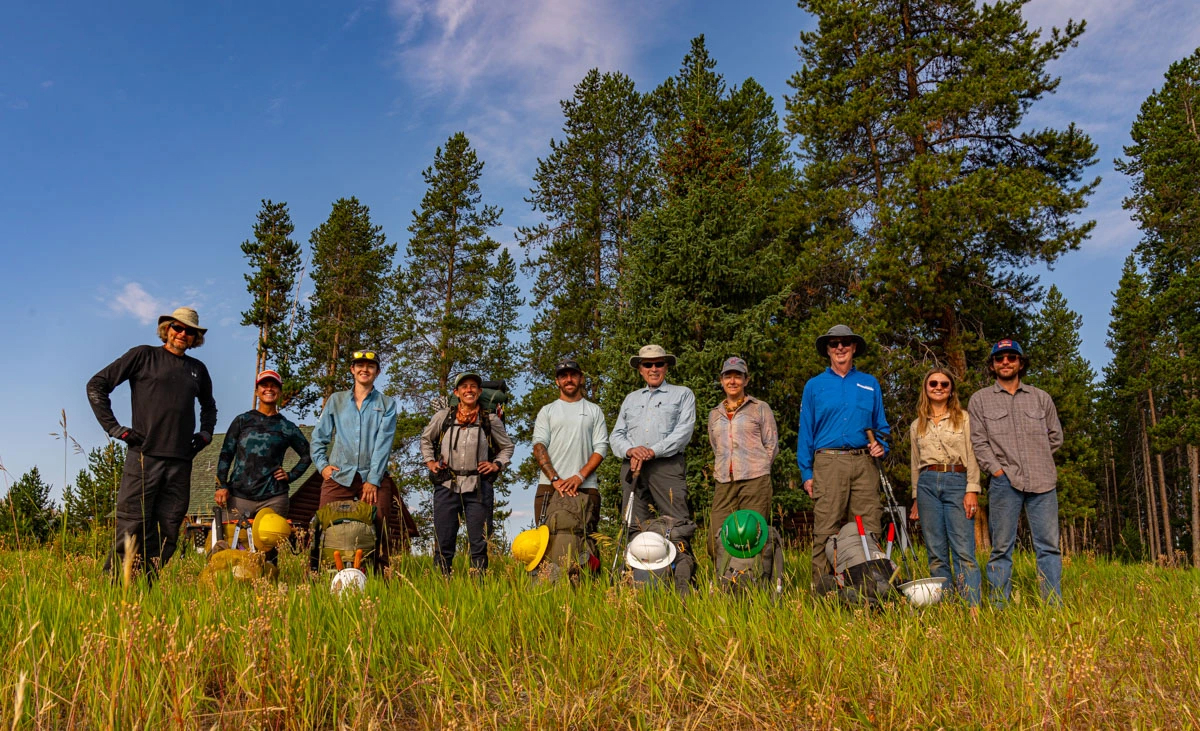
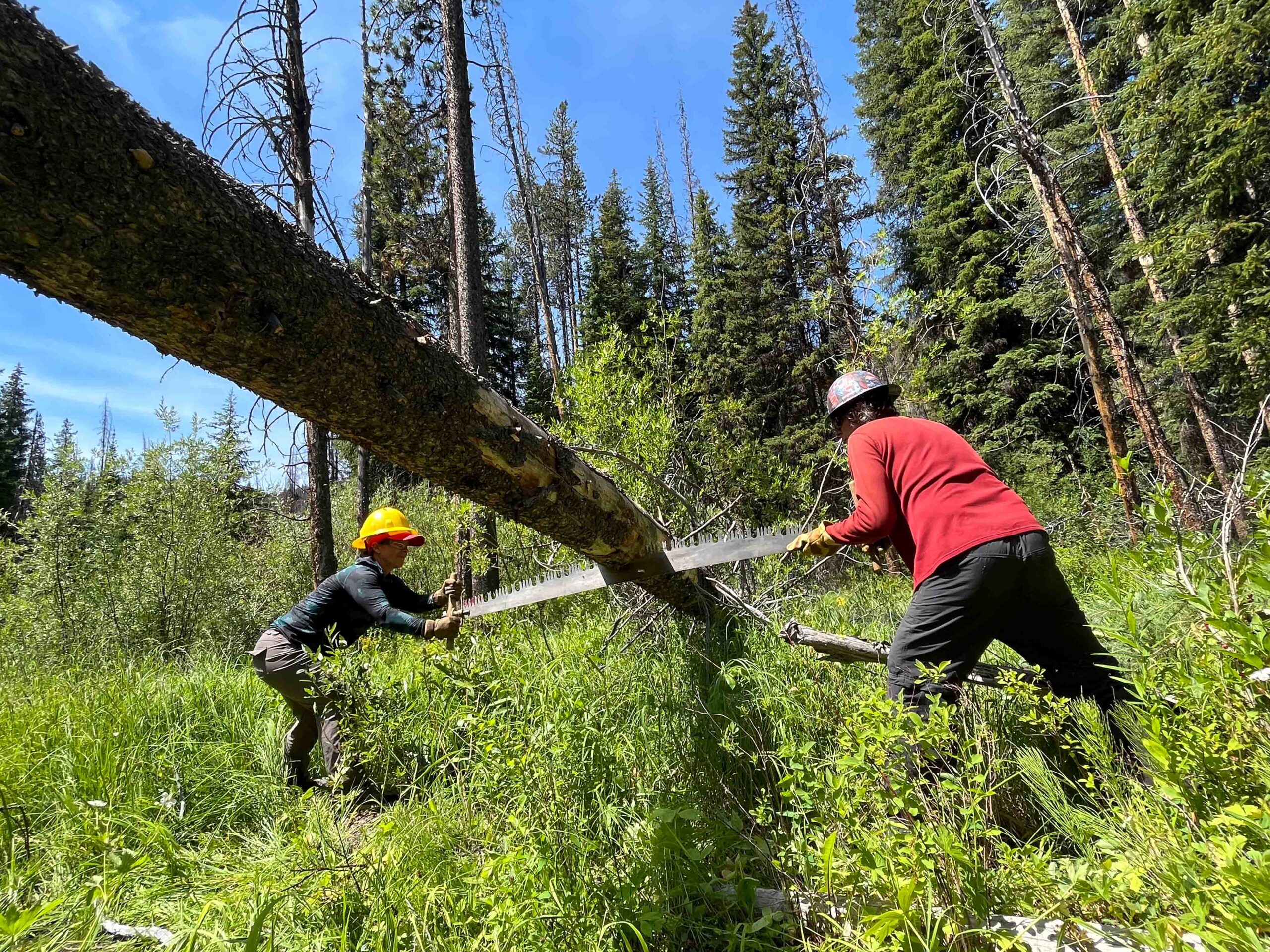

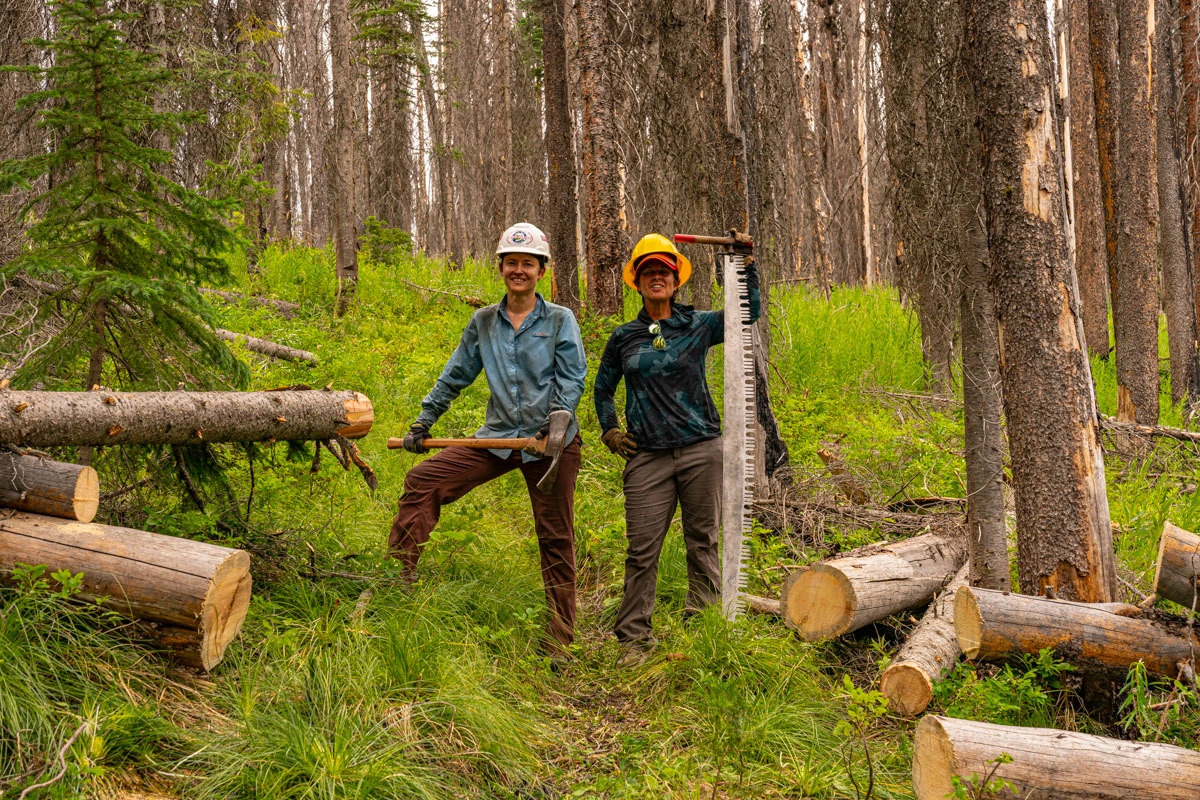

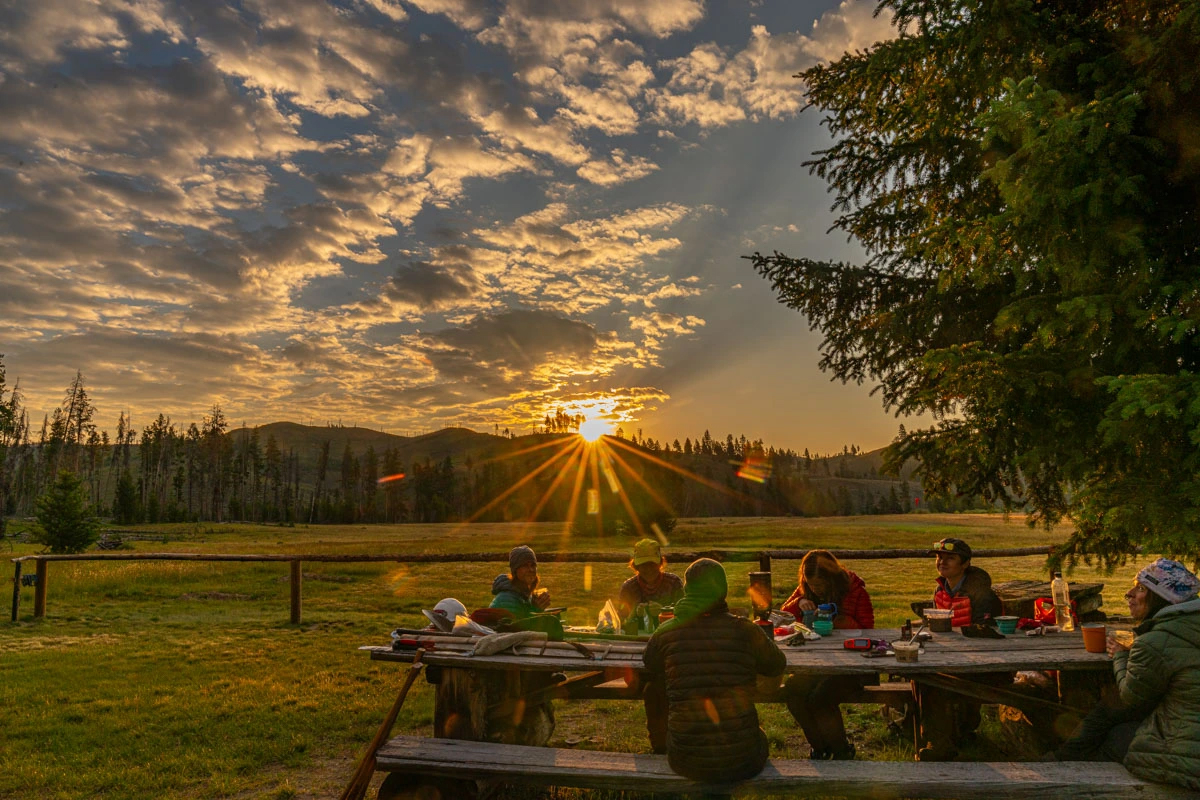
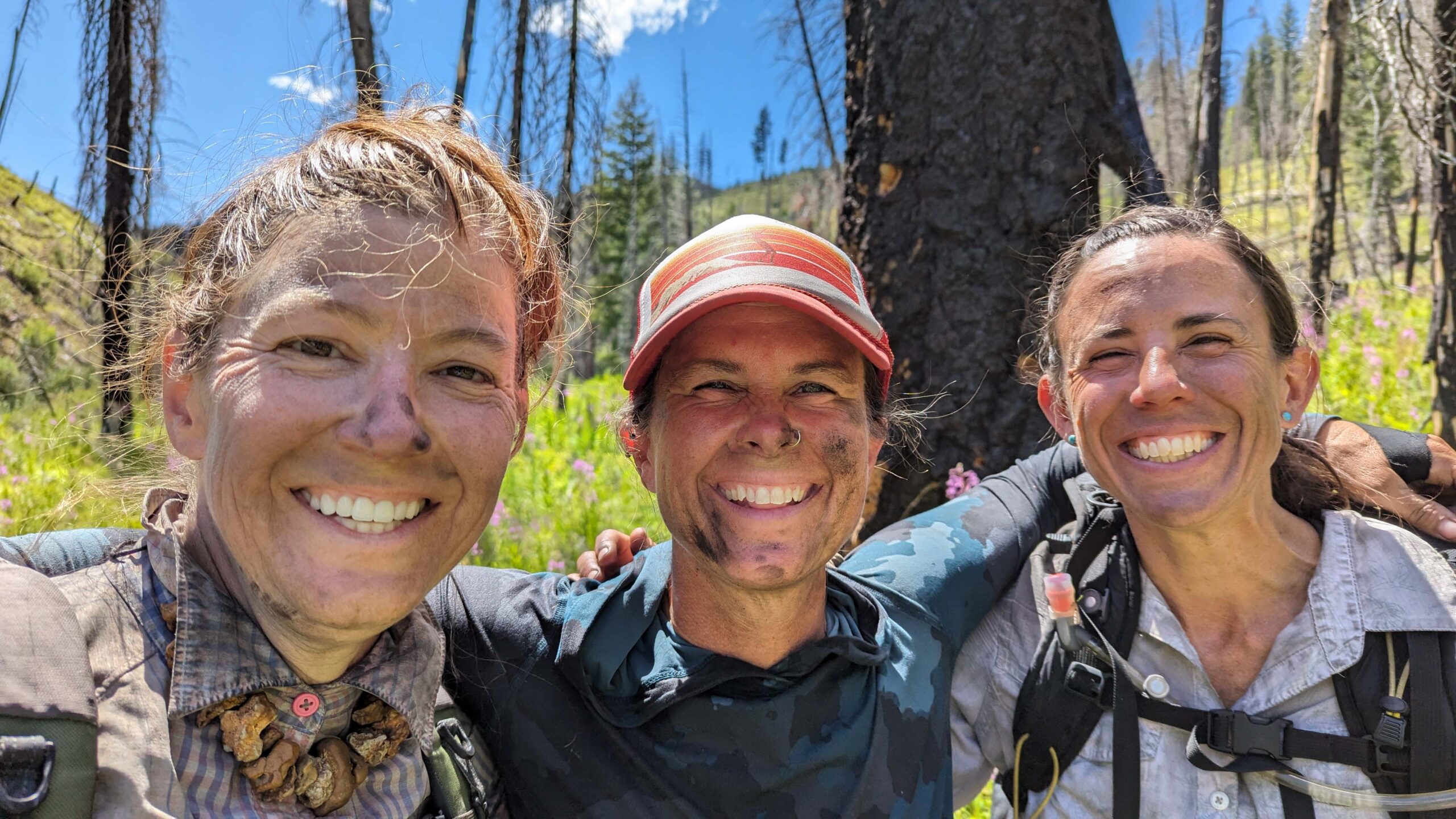



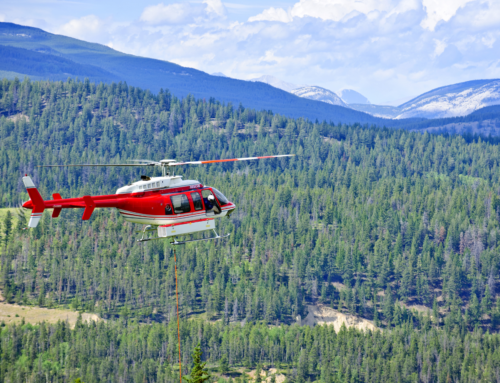
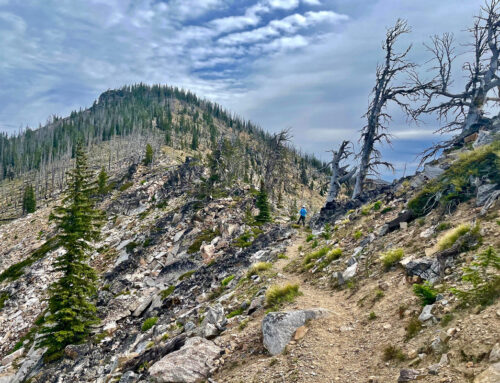
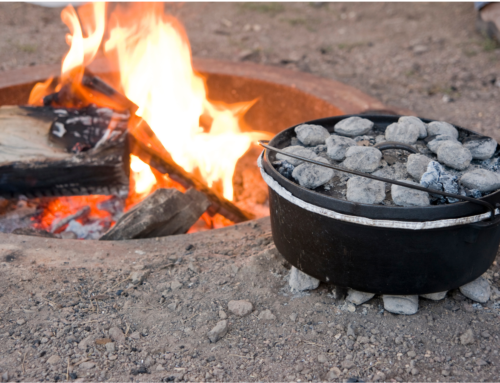
Leave A Comment